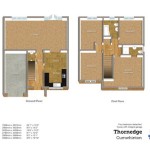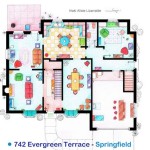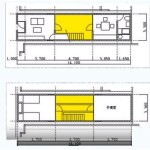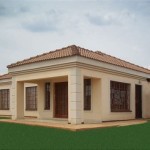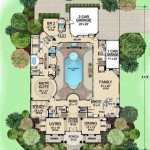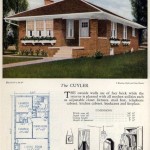Essential Aspects of Planning a Tiny House
Embarking on the journey of designing and building a tiny house requires meticulous planning and consideration of crucial aspects. These elements shape not only the functionality and aesthetics of your miniature abode but also its overall livability and sustainability. Careful attention to each aspect ensures a harmonious and fulfilling tiny house experience.
Space Planning
Maximizing space is paramount in tiny house design. Consider multi-functional furniture, such as a bed with built-in storage or a convertible sofa, to optimize every inch. Vertical space is invaluable; utilize shelves, lofts, and upper cabinets to store belongings and create an illusion of spaciousness. Open floor plans and ample windows foster a sense of airiness and connectivity.
Materials and Construction
Tiny houses necessitate durable and lightweight materials. Insulated panels provide superior thermal performance, while metal roofing and siding offer longevity and protection from the elements. Consider non-toxic and sustainable materials to create a healthy and eco-friendly living space. Proper insulation is essential for regulating temperature and minimizing energy consumption.
Energy Efficiency
Tiny houses present an opportunity for sustainable living. Employ energy-efficient appliances, LED lighting, and solar panels to reduce your carbon footprint. Consider passive solar design principles to harness natural light and warmth. Proper insulation and air sealing prevent heat loss, leading to lower energy costs and a more comfortable indoor environment.
Water Management
Water conservation is vital in tiny house living. Install low-flow fixtures, use rainwater collection systems, and consider composting toilets. Greywater systems can recycle wastewater for non-potable purposes, such as irrigation. Ensure that your water supply and drainage systems are carefully designed to maintain hygiene and prevent leaks.
Waste Management
Tiny houses generate less waste than traditional dwellings, but responsible waste management remains essential. Consider composting systems for organic waste, and opt for reusable and biodegradable items to minimize your ecological impact. Proper waste disposal facilities and a thoughtful approach to waste reduction contribute to a sustainable tiny house lifestyle.
Legal Considerations
Before embarking on your tiny house adventure, research local zoning laws and building codes to ensure compliance. Obtain necessary permits and consult with professionals to navigate legal requirements. Understanding the regulatory landscape prevents potential issues and ensures a smooth building process.
Lifestyle Adaptation
Living in a tiny house requires a mindful approach to space and consumption. Declutter and embrace minimalism to maximize your living area. Develop efficient routines and utilize vertical storage solutions to maintain order. The transition to tiny house living promotes a more intentional and sustainable lifestyle.

Affordable Tiny House 18 X 28 Adu In Law Cabin Singapore

Tiny House Floor Plans Design Your
:max_bytes(150000):strip_icc()/__opt__aboutcom__coeus__resources__content_migration__treehugger__images__2018__03__tiny-house-macy-miller-12a993a38eda4913a0e8ab1b231e79d3.jpg?strip=all)
Want To Build A Tiny House Here S Where You Can Find Floor Plans

The Athrú Tiny House Humble Homes

Tiny House Floor Plans Absolute Houses

Tiny House Floor Plans 32 Home On Wheels Design

Tiny House Design Floor Plans

Floor Plan For Tiny House

10 X 20 Tiny Home Designs Floorplans Costs And Inspiration The Life
:max_bytes(150000):strip_icc()/ana-tiny-house-58f8eb933df78ca1597b7980.jpg?strip=all)
4 Free Diy Plans For Building A Tiny House

